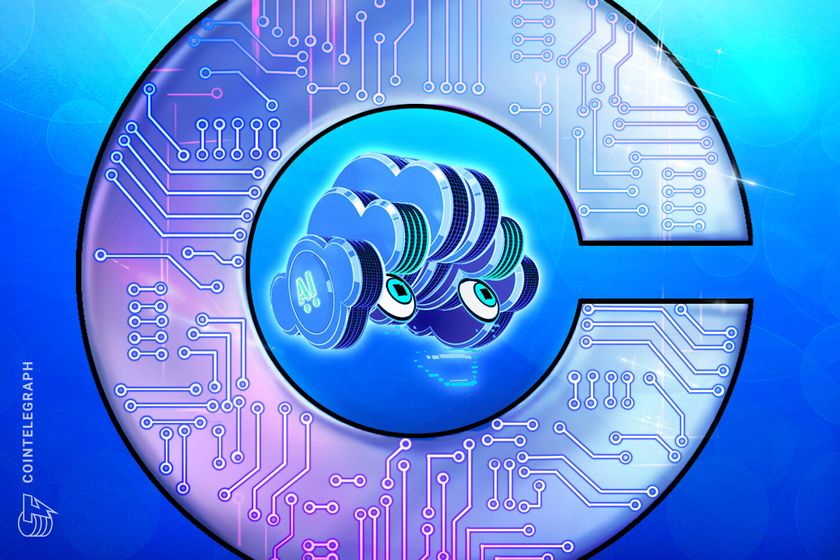

Coinbase has introduced a new payments protocol for online payments that enables stablecoin transfers over standard internet protocols and AI agents to transact autonomously.
On May 6, Coinbase that it is launching a protocol called x402 for instant stablecoin payments directly over the internet communication protocol HTTP (Hypertext Transfer Protocol).
It allows Application Programming Interface (APIs), apps, and AI agents to transact seamlessly, “unlocking a faster, automated internet economy,” the firm .
Coinbase said that x402 “is fixing the internet’s first mistake.” The protocol resurrects the experimental HTTP 402 “Payment Required” status code to create a seamless payment system native to the internet.
The firm noted that traditional payment rails, such as credit cards, bank transfers and subscriptions, “were built for a pre-internet world.”
They’re slow, expensive, geographically limited, and “riddled with manual steps,” it added.
However, x402 embeds stablecoin payments directly into web interactions, requiring minimal code integration, and is designed for both humans and AI agents to transact value as easily as exchanging data.
The head of engineering at Coinbase Developer Platform and co-author of the x402 white paper, Erik Reppel, said, “We’re laying the groundwork for an economy run not just by people, but by software — autonomous, intelligent, and always on.”
Related:
Gagan Mac, vice president of product management at Circle, said x402 “elegantly simplifies real-time monetization” and unlocks “exciting new use cases like micropayments for AI agents and apps.”
Coinbase is launching the new protocol in partnership with AWS (Amazon Web Services), stablecoin issuer Circle, AI company Anthropic and AI-focused proof-of-stake layer-1 blockchain .
AI agents can achieve economic autonomy by independently transacting without human intervention. The protocol enables AI agents to access paid resources in real-time based on their needs and eliminates dependency on pre-paid credits, API keys, or human-managed accounts.
AI agents can also provision and pay for hardware resources in real-time, access specialized data sources through micropayments, and pay other for services.
The x402 protocol essentially transforms from tools that require constant human interaction into autonomous economic actors that can independently discover, purchase and utilize resources to accomplish their goals.
Developers can use the protocol to monetize APIs, create software unlocks and enable metered services that dynamically charge users based on actual resource usage, while content creators can monetize their content without the need for blanket subscriptions or credit card minimums and fees.
Magazine: